Review: Jitterbug
Nov 20, 2006, 1:44 AM by Eric Lin
Our complete hands-on review of the Jitterbug phones and service for older users. Includes video tour.
Form
Is It Your Type?
The Jitterbug was not designed for the majority of Phone Scoop readers. Its large size, small screen and very limited features are not going to win it much love from the gadget-hungry crowd. However GreatCall and Samsung are hoping it appeals to your grandparents, or at least someone who would like to buy your grams a mobile phone.
Typically the elderly want access to the same technology everyone else has, (like cell phones,) but not having grown up with high-tech toys, they prefer to have a simplified version. They also need technology that addresses how our bodies decay over time. Thus Jitterbug phones provide a loud speaker with an ear pad, large buttons and a large, simple interface.
The Jitterbug phones are a huge step forward in terms of usability for the elderly or technophobes, but they are also a first generation effort. The interface is a bit clunky and not everything about the phone is optimized for ease of use.
Body
The first thing you notice about the Jitterbug is its size. Normally simple phones such as this are diminutive. However tiny phones with small keys and small screens are not very useful to people with poor motor control and poor eyesight.
At first glance, the Jitterbug looks like a miniature version of the original "toilet seat" iBook. It has the same rounded shape, and like the iBook is only flat along the hinge. The phone bulges out in every direction to fill your hand. This makes the Jitterbug comfortable to hold - at least when closed - as the curved surfaces sit nicely in your palm. However when open, the phone is so large, there's no comfortable way to wrap your hands around it while on a call. When wrapping your hands around the wide body with the phone open, you can grip the Jitterbug solidly, but it's not as comfortable as it is when closed.
The Jitterbug is not just large, it is thick. It's at least 50% thicker than your average clamshell. Granted, this phone is not designed to fit in the small pockets of tight pants, but it's unclear why it needs to be so thick as to make the phone uncomfortable in any pocket.
Part of the reason for the thickness is the special rubber bumper that wraps around the speaker. When the phone is open, the rubber presses against your ear, providing a cushioned surface to place against your head and blocking out background noise. Although it does not look sleek or high tech, this works very well. So well, in fact, that we wish a manufacturer would find a way to make it look sleeker and integrate it into some fancier handsets.
Opening the phone, the hinge feels a bit cheap, as though plastic pieces are rubbing against each other. But it does snap open solidly. When open, the phone is so large that the mouth piece is actually in front of your mouth when holding the phone to your ear, just like a traditional wireline phone.
The only buttons on the outside of the phone are a volume rocker that's just below the external display. When the phone is closed, all they do is turn on the backlight of the external display. When the phone is open, they can be used to adjust the ringer or call volume, including activating speakerphone. The placement seems rather odd, but the keys are very easy to use, even without looking at them.
Keypad
Other than the volume rocker, all of the Jitterbug's keys are located on the keypad. The phone is available in 2 keypad configurations. Both share a dedicated power key in the upper right hand corner, up / down keys and yes / no keys that control the menu as well as function as send and end. The yes and no are ringed by green and red lit circles.
Below this, the "dial" version features a standard 12 key pad. Each key is the same size as the large yes / no buttons and is ringed by yellow. Although it looks like the keys are flat squares, they are actually raised circles inside the lit rings. The same is true for the yes / no keys. The keys each stand out significantly from the keypad, making them easy to feel as well as see.
The "one touch" version only has 3 large keys - operator, emergency and a third that can be customized with any name. If a number is not programmed into the phone's speed dial, the user will have to ask the operator to place the call (a service included as part of the Great Call subscription.)
Each key is large and clearly labeled with easy to read white text on a black key. This provides the best contrast for people with poor eyesight. The labels are in a large, easy to read font.
Three S's
Screen
The external screen is small, and unless the backlight is on, it is has relatively low contrast, even though it is monochrome. Reading the large digital time display is not difficult, however the size the name or number of an incoming call is displayed too small for people with failing eyesight to read.
The internal screen is fairly large, especially considering its average resolution. The contrast on the screen is permanently set to maximum, and it appears the brightness is as well. Although this makes reading the screen difficult for people with good vision, it helps those with failing vision - to a degree. Changes to the interface and menu designs could have helped improve readability drastically over boosting brightness and contrast. More on this in the Menus section.
Signal
It is difficult to know exactly how good the signal strength of the Jitterbug is. There is no traditional indicator with bars. Instead on the fifth screen of the menus, there is a status display that describes the signal from Poor to Strong. If that display reads anything other than strong, voice quality is noticeably degraded. It is staticky on both ends of the call. The Jitterbug held a signal well enough that we could make a call in our vault test, but the call quality was so poor that it was difficult to hold a conversation.
Sound
Surprisingly, the Jitterbug does not have an extremely loud speaker. It is loud enough, but not deafening as you might expect. This may actually be intentional based on some older people's propensity for yelling into phones. Even with the volume turned up to max, a normal conversation was not so loud as to hurt. At any volume, calls were clear and sounded natural as long as the signal was strong.
In a call, pressing up on the volume when it's on max will bring up a dialog box asking if you want to use speakerphone. Unlike regular call volume, speakerphone is absolutely deafening. Holding this up to your ear would likely cause hearing damage. It is also very distorted, as would be expected for such a loud volume.
There is only one ringtone on the Jitterbug; it is an ascending series of high pitched tones. When set on high (3 on a scale of 0-4), it is loud enough to be heard in most situations. On max it is both loud and distinctive enough to be heard in almost any conditions. Oddly, the voicemail alert actually sounds like a ringing phone.
Battery Life
The battery life is difficult to determine for a number of reasons. First, it is likely that many elderly users would only have the phone on when they are making or expecting a call, not whenever they have it with them. If this is the case we would need months to determine how well the Jitterbug holds a charge when off.
It is also difficult to predict how many calls an elderly person might make on a cell phone and what length they would be. When making a only few short calls per week (not per day) and leaving the phone on standby the rest of the time, the Jitterbug lasts about 9-10 days. When using the phone for more regular calling (a few short to half hour long calls per day), it last about 4-5 days.
However the worst part of figuring out how long the battery actually lasts would be the rather inaccurate battery indicator. Like the signal strength, the battery indicator is displayed on the status screen. It is displayed as a percentage, not a word, however it is not an accurate percentage, it only displays 100, 75, 50 and 25 %, like a visual battery indicator. That alone is not why the indicator is inaccurate. The status will often fluctuate back and forth between two numbers on different visits to the status screen, even if you have done nothing that might have affected the battery like making a call.
When the battery indicator starts displaying 25%, a "warning" to charge the battery will appear on the screen every time you open the phone. The problem is the warning is a green box (green is not a color for warnings), with small text reading "Charge battery" that only flashes on the screen for about 2 seconds. If you are not quick to look at the screen, even those of us who are young would miss it, and certainly miss the fact that it is a low battery warning.
Worse is that despite the big buttons and thoughtful design of the handset itself, the charging system was not designed with the elderly in mind at all. The charging connector is a tiny plug that must be fitted into an equally tiny hole hidden in a dark strip along the bottom of the phone. This is not user friendly for people with degraded vision or motor control. Young people with poor eyesight had a difficult time finding the plug and getting connected when I tested them with it. It seems as if GreatCall and Samsung did not expect their elderly users to actually charge the Jitterbug themselves.
Function
Menus
The Jitterbug has a highly simplified and unusual menu system. It most closely resembles the old yes / no menu system of Ericsson phones. Opening the phone, the screen reads "Voice Dial, yes to use." Pressing yes will start the voice dial prompt, pressing no will take you to the next menu item. The menus cycle:
voice dial > contact list > call log > voicemail > status.
There is no home screen, nor is there any status bar or other status display except for the screen in the menus. Alerts for missed calls or voicemail are displayed on the external display as well as on the internal screen when the phone is opened. Like menus, alerts are worded as questions so that pressing the yes / no keys make sense. For example the voicemail alert reads "You have 1 new voice message. Listen?"
When you call to listen to your messages, the automated system also uses yes / no questions which you use the yes / no keys and not numeric keys to respond to. It's quite easy to use.
The menu screens are comprised of three parts. A top bar indicating which of the screens you are on, a large center section with information and a bottom bar with instructions. The screens are laid out well, but not necessarily designed for people with poor vision.
The top and bottom bars are medium shade of blue with white text. Despite the high contrast of the screen, this is not a high contrast color combination. Even though it uses a much larger font, the large center section is also difficult to read as it displays black text on a large white background. The designers used white text on a black background (which is much more readable by people with poor eyesight) for the keypad, however they did not do the same for the screen, where legibility is probably even more important.
The main font is also difficult for people with poor eyesight to read. The letters are square and spaced so close together that they all looked the same to people with poor vision who we asked to try the phone. Phone numbers are displayed in a completely different font which is actually a bit easier to read.
Calls
A number that has been entered in the phone book can be dialed in one of two ways. You can either use the voice recognition to place the call by saying the person's name, or you can scroll to the entry in the contact list and press yes.
Voice dialing is speaker-independent and reliable so long as you don't have two names in your phone book that sound similar. I have both a Niall and a Nigel in my contact list, and I could rarely get the system to call Nigel. The voice dialing system does ask you to confirm the contact name, but if you say no, it simply hangs up on you instead of asking you to try again.
Using the one touch handset provides the third option of pressing the operator button and asking the operator to call one of your contacts. You can also ask the operator (who is a live native English speaker) to help you make a call by either giving him the phone number or a name to look up in the phone directory.
Users of the Dial version can, of course, enter any domestic number and call it themselves.
There is no call waiting, three way calling or any other advanced features. In fact the only in-call feature is the speakerphone, which is accessible through the volume keys.
Any calls that come in while you are already talking on the Jitterbug are sent straight to voice mail.
There is a call history screen which displays both incoming and outgoing calls in chronological order. Calls made through the operator are simply listed as operator, not as the actual number you had dialed.
Contacts
When ordering a Jitterbug phone, you can pre-populate the contact list. If ordering the one touch, you can also specify which contact number should be assigned to the center key and how it should be labeled. Each contact entry can only store a name and one phone number, so multiple entries for the same contact will show up separately.
You can add your own contacts to the list by scrolling to the end of the list and selecting new entry. This can even be done on the one touch handset because names and numbers are entered by scrolling up and down and pressing yes to confirm. Users with the dial handset can press the actual keys to quickly enter a number or scroll to the first letter for that key when entering a name.
Scrolling to the end of the contact list and then choosing no will bring up a menu that allows you to modify or delete existing contacts.
Video
You can watch this short video to see the Jitterbug in action here...
Or you can check out the full page on YouTube or Google Video for more sharing and download options.
Wrap Up
The number of people older than 65 is growing faster than any other age group in the US, so clearly the Jitterbug has an important place in serving a growing market. These phones can provide peace of mind for concerned children who would like their parents or grandparents to be able to make a phone call wherever they are. They can also help older people participate in the wireless culture we are a part of.
The people at Great Call deserve credit for recognizing the needs of the elderly and creating an easy-to-use service for them. The operator service and just about every other contact we had with GreatCall was extremely simple, friendly and understanding; and the voicemail system was shockingly thoughtful. Somewhere at Samsung a designer deserves an award for the rubber bumper around the earpiece and the keypad design of this phone. And somewhere at Samsung a designer (or engineer) deserves a stern talking to for spec'ing the tiniest charger plug ever on a phone meant for the elderly.
The shortcomings of the menus probably aren't critical if we only expect elderly users to punch in numbers or call the operator. However if Great Call truly wants to enable elderly users, they will convince Samsung to refine the interface - changing the font, reversing the display and even fine tuning the menus could soon help our grandparents rival our own mobile lifestyles.
Comments
Beware this is a poorly run company.
I got this phone for my Dad who is going blind and living in an assisted living facility. Great Calls can not seem to understand that some might buy a phone like this for their parents.
The company has charge my credit card twice and is responding very ...
(continues)
(continues)
(continues)
Great Idea ALSO for the younger and disabled.
(continues)
No Coverage Maps
Which network or cellular carrier do you use?
GreatCall enjoys arrangements with many CDMA carriers across the country to ensure nationwide coverage for Jitterbug customers. This includes three of the largest cellular carriers as well as numerous regional providers. We don’t name or promote our service providers by agreement.
What is the coverage area for the GreatCall service?
GreatCall covers most of the U.S. where cellular service is available from the major CDMA carriers. If you do not have coverage with one of the major carriers in your area, then you may not have a...
(continues)
Cost is Exorbitant!
That said, it's upsetting to see how the phone and rate plans are priced, so much so that they would probably price someone who is on a fixed income out of consideration. I know that my 80 year old uncle has been very happy with previous services, but has complained about the phones becuase of the difficulty of button pressing and complicated menus. one thing he never complains about, however, is the cost of the rate plan, usually no more than 20/every three months w/ Virgin Mo...
(continues)
It's about time!
I'll take two!
Soooo..............
Um... so who is the carrier?
But it is CDMA... it's not like someone can just activate it on any carrier. Sprint will not allow foreign ESN's on the network. As a matter of fact, I believe Alltel and Verizon are starting to block foreign ESN's as well. The only carrier I know that activates anything are Cricket and Page Plus (MVNO).
J/K 😁


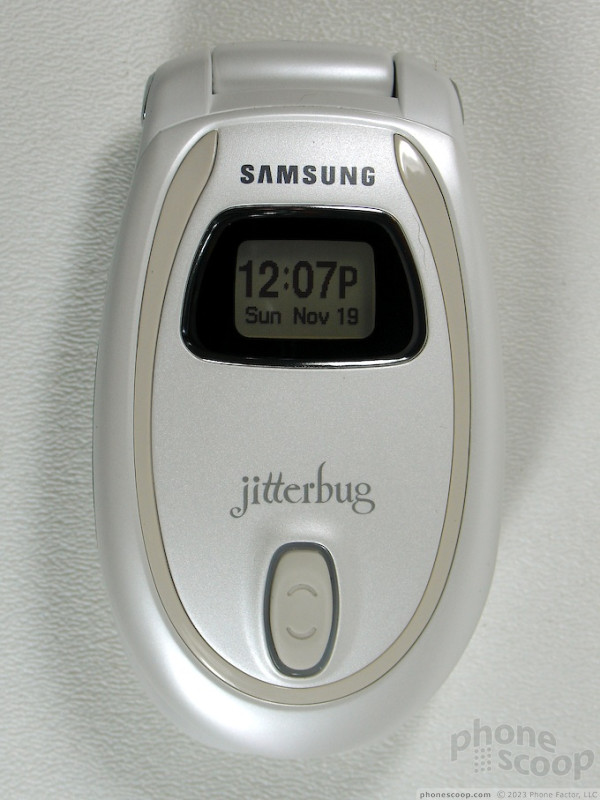












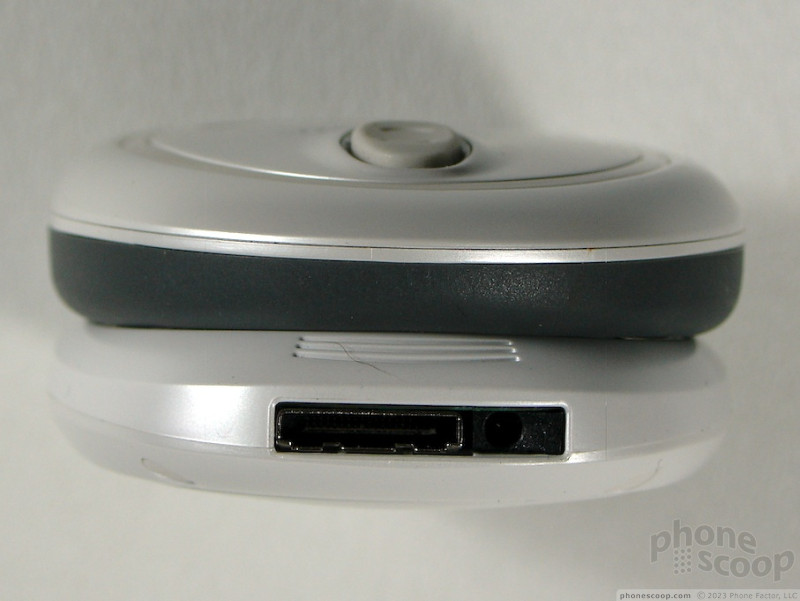







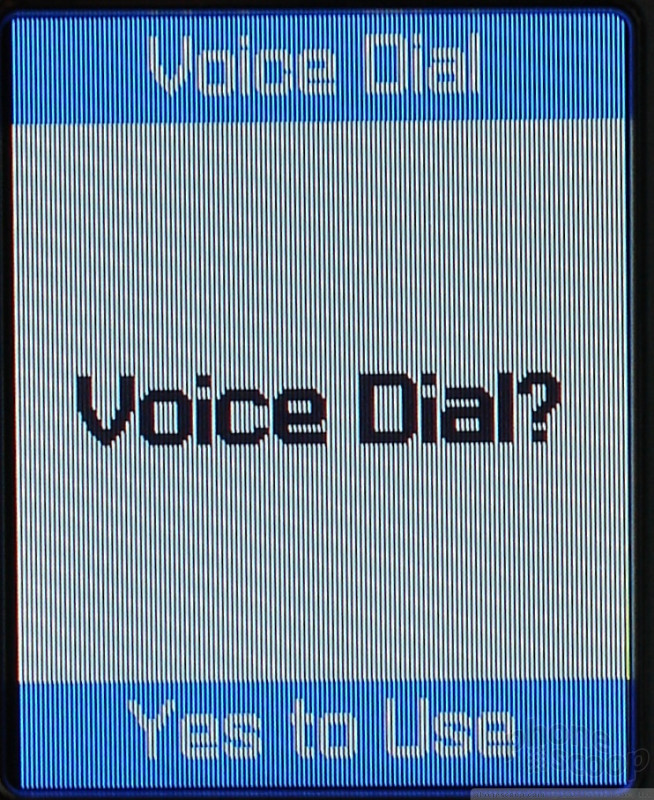





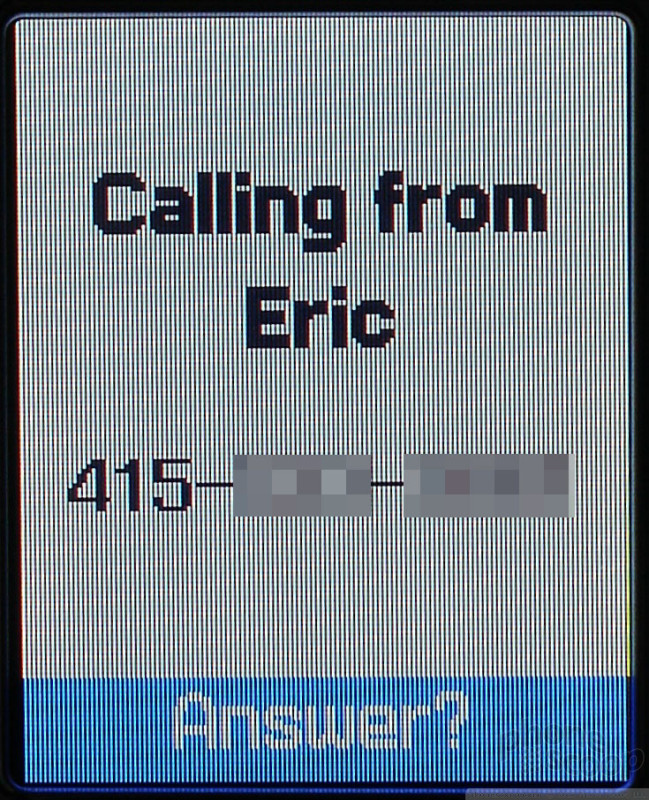


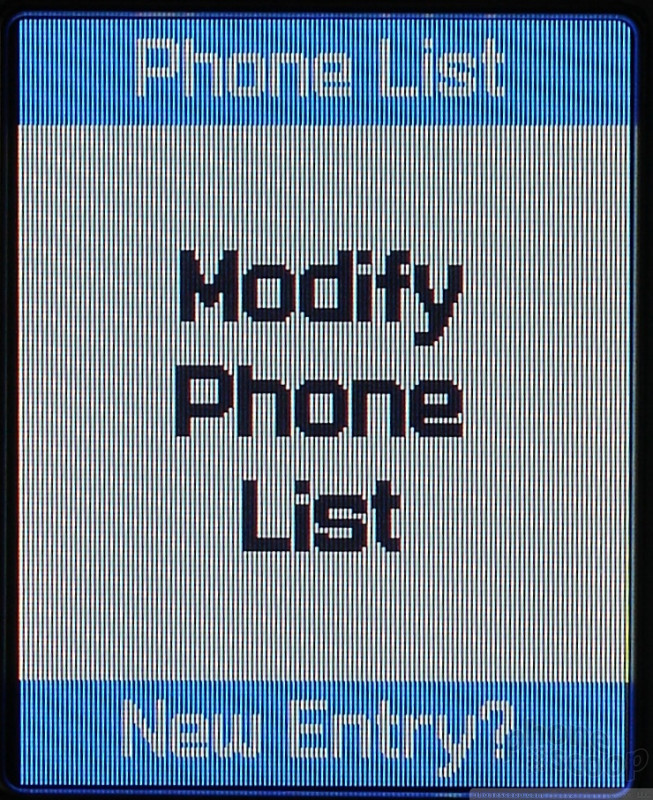






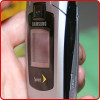 2006 Holiday Pre-Preview
2006 Holiday Pre-Preview
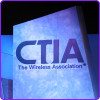 CTIA 2006
CTIA 2006
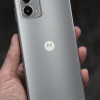 Hands On with the 2023 moto g 5G & moto g stylus
Hands On with the 2023 moto g 5G & moto g stylus
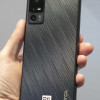 Hands On with TCL's $120 5G Phone
Hands On with TCL's $120 5G Phone
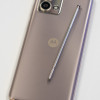 Hands On with the moto g stylus 5G (2023)
Hands On with the moto g stylus 5G (2023)
 Samsung Jitterbug SPH-A110 / A120
Samsung Jitterbug SPH-A110 / A120







